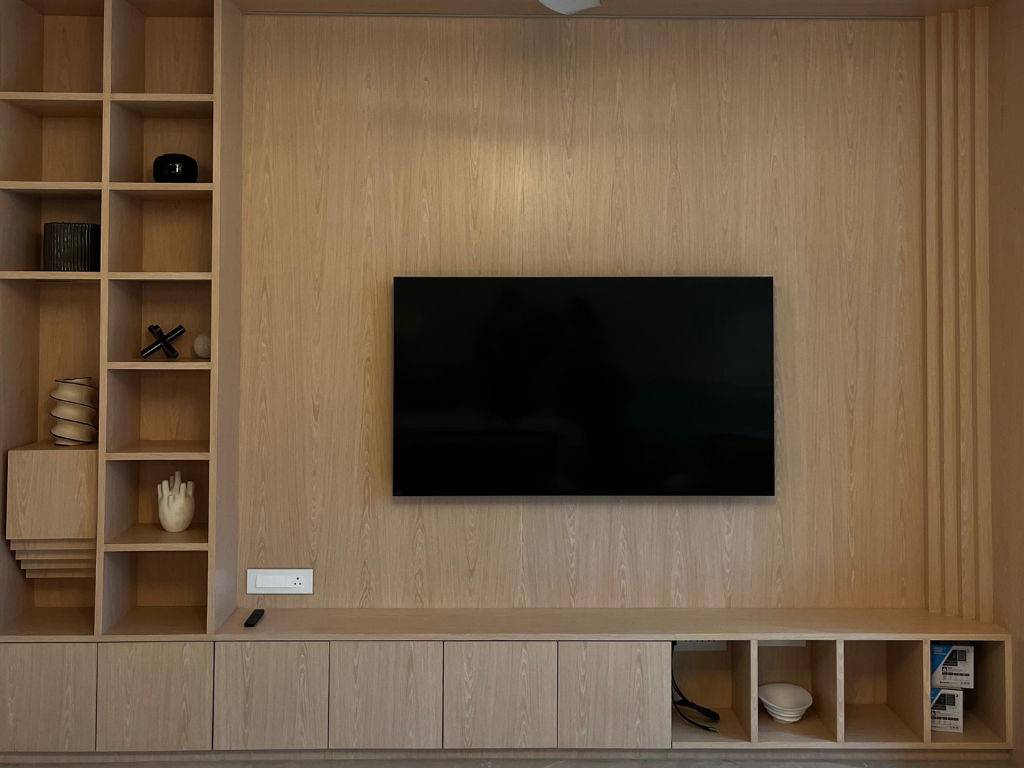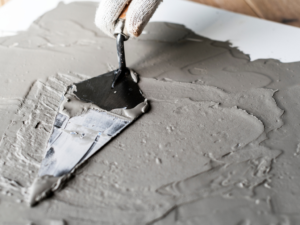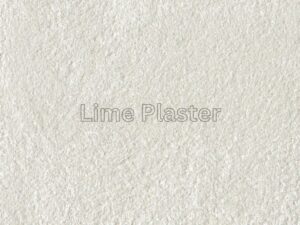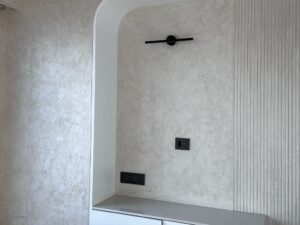Italian Wood Coating vs. Standard Finishes: A Master Guide to Selecting the Best
When the subject is woodworking and furniture, the finish is not the last step on the process—in fact, it’s the suit of armour and the personality of the work. An excellent finish protects the wood from everyday wear, moisture, and UV damage while enhancing its natural beauty, adding depth and texture. So with all the choices available, how do you decide?
What Is Italian Wood Coating?
Italian wood coating is the height of finish technology, the result of a legacy of Italian craft, design superiority, and chemical technology. It is not one product but a line of premium finishes engineered to deliver stringent beauty, performance, and sustainability standards.
You’ll often see Italian coatings specified by luxury furniture companies, upscale cabinetry studios, and interior designers designing upscale residential and commercial environments. They are the magic behind the seamless, haptic finishes of contemporary designer furniture.
What Are Regular Wood Finishes?
“Regular finishes” is a generic term covering the traditional products that have been used for decades in wood finishing. This category also includes such classics as varnish, lacquer, shellac, oil-based stains, and wax.
For instance, though a polyurethane varnish provides adequate protection, it is difficult to apply without brush marks. Shellac creates an elegant, quick-drying finish but can be damaged by water and alcohol. Wax is simple to apply and retouch, but provides little protection on its own.
Typical Use Situations:
Home woodworking projects
Restoring vintage furniture
Coating outdoor wood buildings (with certain exterior-grade products)
Low-cost furniture production
Head-to-Head Comparison
Here’s a clear comparison of how these two finishes compare to one another.
Feature |
Italian Wood Coating |
Regular Finishes |
|---|---|---|
Aesthetic Quality |
Gives a luxurious, smooth, and consistent finish. Think ultra-matte or soft-touch effects – very modern and refined. |
It can look good, but results vary. May show brush marks or uneven spots. Mostly standard gloss or matte looks. |
Durability & Protection |
Built to last. Resists scratches, stains, and sunlight – great for high-use or luxury furniture. |
Holds up okay for everyday use but can wear out or get damaged more easily over time. |
Eco-Friendliness & VOCs |
Many are made with low or zero VOCs, especially water-based ones. Safer for health and the environment. |
Some are high in VOCs, especially oil-based ones. You’ll need good ventilation when applying. |
Ease of Application |
Usually needs a professional. Requires spray tools and sometimes special conditions like UV lights. |
Great for DIY projects. Easy to apply with a brush, roller, or cloth—no special tools needed. |
Drying/Curing Time |
Super quick, especially UV-cured types (done in seconds!). Water-based options also dry fast. |
Takes more time to dry. Oil-based finishes can take a whole day or more between coats. |
Cost |
More expensive upfront. You’re paying for premium quality and expert application. |
Much more budget-friendly. Good option if you’re watching costs or working on a casual project. |
Finish Options |
Offers a wide variety of rich colors, modern textures, and stylish effects. Perfect for high-end or custom looks. |
Mostly the basics—gloss, satin, matte, and a few stain colors. Simple and functional. |
When Should You Choose Italian Wood Coating?
Investing in an Italian wood coating is a decision that reaps benefits in the long term. Use it for:
Luxury Projects: When you’re designing or ordering a high-end, designer piece of furniture or cabinetry.
Long-Term Investment: For pieces that are used on a daily basis and have to look new for many years, like kitchen cabinets, dining tables, or commercial furniture.
Specific Aesthetics: If you want a precise, current, and flawless appearance that regular finishes can’t deliver, such as a spotless matte black or a soft-touch feel.
Health & Environment: For interior applications where indoor air quality is important due to their low-VOC content.
When Are Regular Finishes a Better Fit?
There are numerous situations in which an ordinary finish isn’t merely sufficient, but the intelligent alternative:
Budget-Savvy DIYers: When you have a tight budget on a personal project.
Rapid Touch-Ups & Temporary Fixes: To restore an aged piece of furniture without doing an entire, professional refinish.
Novice Woodworking: Ideal for learning techniques and for projects where perfection isn’t necessary.
Less-Exposed Furniture: For items such as a bookshelf, a picture frame, or other items that will not endure heavy wear and tear.
Professional Tips for Making the Best Decision
Before you buy, you might want to ask yourself these three questions:
1. What is the use of the project and where will it be going? Is it a high-traffic kitchen table (durability first) or a decorative accent piece (beauty might be paramount)? Indoor or outdoor?
2. Who is using it? Be truthful as to your skill level. A professional finish needs a professional application. A DIY finish can be lovely and rewarding in its own way.
3. Don’t compromise on key pieces. For your flagship furniture items—your dining table, your custom kitchen—it’s rarely worth sacrificing finish quality. The finish is what you see and touch every day.
Conclusion
The choice between Italian wood coatings and regular finishes ultimately comes down to your project goals, desired aesthetic, and budget.
For unparalled beauty, strength, and a contemporary luxurious appearance, Italian wood coating is the clear champion. It’s a quality investment for the long haul.
For woodworking on a budget, DIY projects, and traditional woodworking, traditional finishes provide a tried and trusted and affordable solution.




